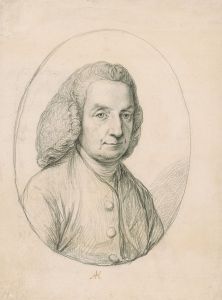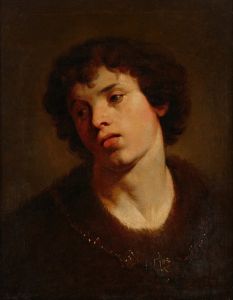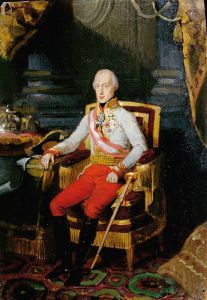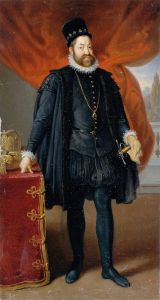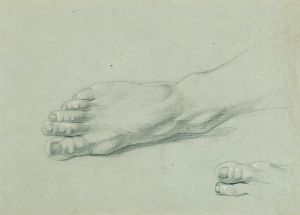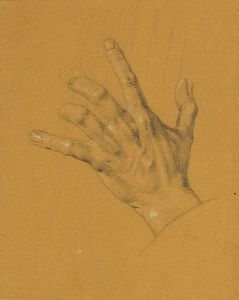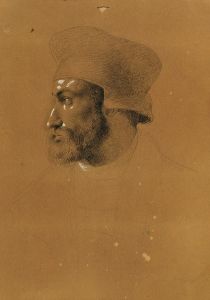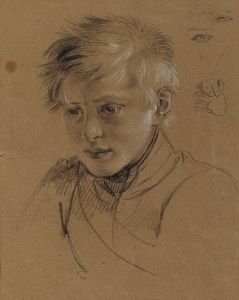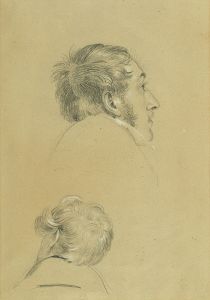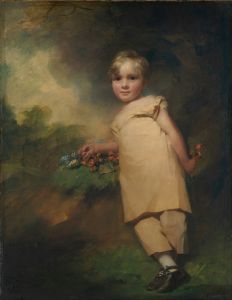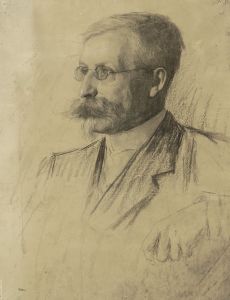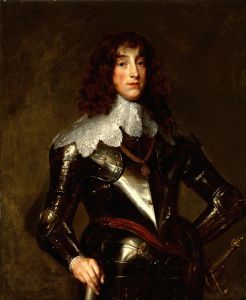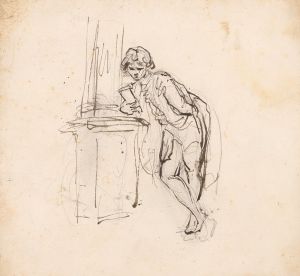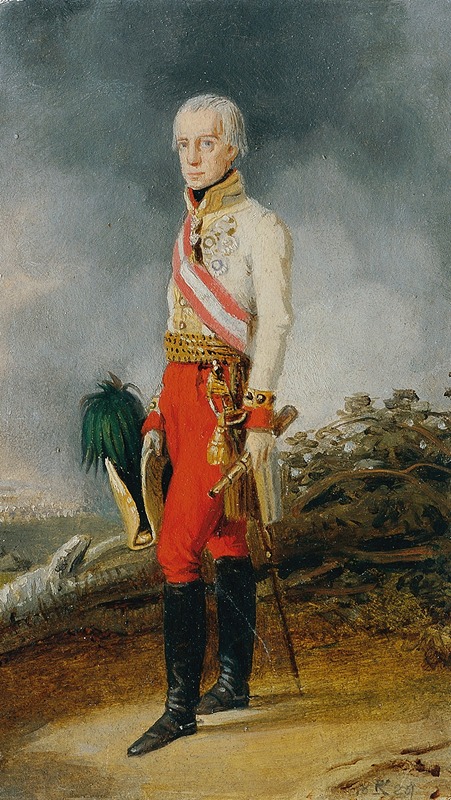
Kaiser Franz I. von Österreich
A hand-painted replica of Johann Peter Krafft’s masterpiece Kaiser Franz I. von Österreich, meticulously crafted by professional artists to capture the true essence of the original. Each piece is created with museum-quality canvas and rare mineral pigments, carefully painted by experienced artists with delicate brushstrokes and rich, layered colors to perfectly recreate the texture of the original artwork. Unlike machine-printed reproductions, this hand-painted version brings the painting to life, infused with the artist’s emotions and skill in every stroke. Whether for personal collection or home decoration, it instantly elevates the artistic atmosphere of any space.
Johann Peter Krafft's painting "Kaiser Franz I. von Österreich" is a notable work of art that captures the likeness of Emperor Francis I of Austria. Johann Peter Krafft, an esteemed Austrian painter, was known for his portraits and historical scenes, and this painting is a testament to his skill in capturing the essence of his subjects.
Emperor Francis I, born on February 12, 1768, was the last Holy Roman Emperor, reigning from 1792 until the dissolution of the Holy Roman Empire in 1806. He subsequently became the first Emperor of Austria, ruling from 1804 until his death in 1835. His reign was marked by significant political and social changes in Europe, including the Napoleonic Wars and the Congress of Vienna, which reshaped the continent's political landscape.
Krafft's portrait of Francis I is an important historical artifact, as it provides insight into the visual representation of European royalty during the early 19th century. The painting is characterized by its attention to detail and the dignified portrayal of the emperor. Krafft's ability to convey the emperor's authority and presence is evident in the composition and execution of the work.
The painting depicts Emperor Francis I in a formal setting, wearing the regalia associated with his status as a ruler. His attire is richly detailed, reflecting the opulence and grandeur of the Austrian court. The use of color and light in the painting highlights the textures of the fabrics and the intricate design of the emperor's garments. Krafft's skillful use of chiaroscuro adds depth and dimension to the portrait, enhancing the lifelike quality of the emperor's depiction.
Krafft's work is also notable for its psychological depth. The expression on Francis I's face is composed and serene, yet it conveys a sense of the weight of responsibility borne by a ruler during a tumultuous period in European history. This aspect of the painting underscores Krafft's ability to capture not only the physical likeness of his subjects but also their inner character.
The historical context of the painting is significant, as it was created during a time of great change and upheaval in Europe. The Napoleonic Wars had a profound impact on the continent, leading to the eventual reorganization of European territories at the Congress of Vienna in 1815. As a key figure in these events, Emperor Francis I played a crucial role in shaping the post-Napoleonic order, and Krafft's portrait serves as a visual reminder of his influence and legacy.
Johann Peter Krafft's "Kaiser Franz I. von Österreich" is housed in the Kunsthistorisches Museum in Vienna, where it remains an important part of the museum's collection. The painting is appreciated not only for its artistic merit but also for its historical significance, offering viewers a glimpse into the life and times of one of Austria's most prominent rulers.
In summary, Johann Peter Krafft's portrait of Emperor Francis I of Austria is a masterful representation of a key historical figure. Through his meticulous attention to detail and ability to convey the emperor's authority and character, Krafft has created a work that continues to be admired for its artistic and historical value.





